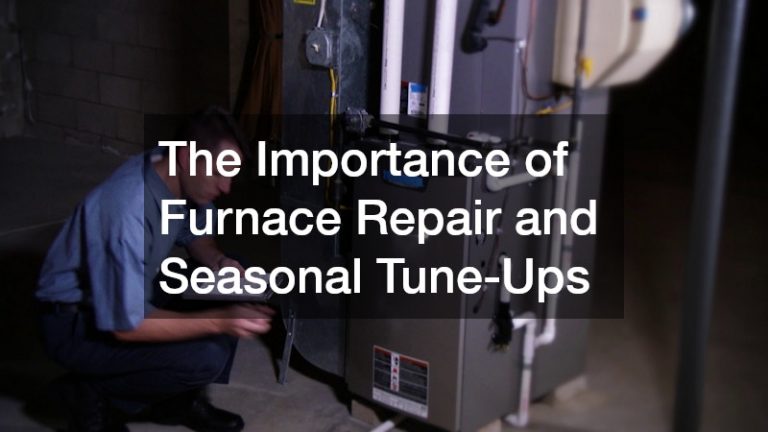

When your home has experienced flooding, swift and thorough action is crucial to prevent further damage and restore it to a safe, livable condition. Here are essential steps for effective flood cleanup and restoration:
1. Mucking Out
The initial phase of cleanup involves removing the muck and debris left behind by the flood. Start by using appropriate protective gear, including rubber gloves and a respirator, to safeguard your hands, forearms, and lungs from contaminants. Remove all visible mud and dirty water, focusing on areas that were heavily affected.
Employ tools like shovels and squeegees to help with this process. The goal is to clear as much foreign material as possible to facilitate thorough cleaning and disinfecting.
2. Cleaning
Once you’ve removed the bulk of the debris, it’s time to clean the affected areas. Use a detergent suitable for the surfaces you’re cleaning. For walls, floors, and other hard surfaces, a general-purpose cleaner will suffice. Make sure to scrub surfaces to remove any residual dirt and grime. For soft furnishings and areas like carpets, the cleaning process is more involved.
3. Disinfecting
After cleaning, the next critical step is disinfecting to kill any remaining bacteria and prevent mold growth. A common and effective disinfectant is bleach. Mix 2 tablespoons of bleach with one gallon of water and apply it to the surfaces you’ve cleaned. This solution can be used on most non-porous surfaces but should be avoided on fabrics and other materials that could be damaged by bleach. For porous materials, consider alternative biocides designed for such surfaces.
4. Drying
Thorough drying is essential to prevent mold and further damage. Ensure that all affected areas, including walls, floors, and any remaining furniture, are completely dried. Use fans, dehumidifiers, and open windows to increase airflow and speed up the drying process. Make sure that all surfaces, including floorboards and under cabinets, are dried out. Moisture control is crucial to prevent mold growth and structural damage.
5. Restoring Keepsakes
Photographs and other sentimental items may have been affected by the flood. Evaluate their condition to determine if they can be salvaged. Remove photos from any plastic or paper enclosures and rinse them gently under cool running water. Shake off excess water and either hang them up with clips or place them on absorbent paper towels to dry. Ensure that photos do not touch each other to avoid sticking. If you cannot address them immediately, keep them in a bucket of clear water. For long-term storage, freezing the photos wrapped in freezer or waxed paper can be a temporary solution.
6. Books
Books that have been exposed to floodwaters require careful handling. For partially wet books, fan them out with the covers at a 90° angle and allow them to air dry. For books that are completely saturated, place absorbent materials between the pages and lay the book flat. Avoid using too many layers of paper towels as this can stretch the spine of the book. If you cannot attend to the books within 48 hours, wrap them in freezer paper and store them in the freezer until you can properly clean and dry them.
7. Furniture
Assess the condition of your furniture to determine what can be salvaged. Overstuffed furniture that has been heavily waterlogged should generally be discarded due to potential mold growth. Solid wood furniture, however, can often be cleaned and restored. Take it outside if possible, hose off any debris, and then dry it completely. Check joints and re-glue them if necessary. Ensure that the furniture dries in a shaded, well-ventilated area to prevent warping. For particle board furniture that has absorbed significant water, disposal is usually the best option.
8. Carpeting
Flooded carpets can be challenging to clean. If you cannot engage a professional carpet cleaning company, start by removing the carpet from your home. Lay it out outdoors and hose off all mud and debris. Use a low-sudsing carpet cleaner to scrub the soiled areas and then rinse with a bleach solution (2 tablespoons of bleach per gallon of water). Carpet padding should be removed and discarded. For the best results, consider consulting a carpet cleaning company to ensure thorough cleaning and to handle any professional-grade cleaning that may be needed.
9. Wallboard
If floodwaters have reached above four feet on your walls, replacing the wallboard is necessary. For waters that have reached up to three feet or less, you can replace just the lower portion (up to four feet). Install new wallboard horizontally for better coverage. When dealing with moldy drywall, handle it carefully, wearing a mask and gloves. Wrap it in plastic and tape it shut to prevent mold spores from spreading throughout the home.
10. Handling Mold
For small areas contaminated with mold, seal them off from the rest of the home using plastic sheeting and tape. Ensure proper ventilation to the outside to prevent mold spores from spreading. Regularly inspect the sealed area to manage any further mold growth and address it promptly.
By following these steps, you can effectively manage flood damage and restore your home to a safe and livable condition. Remember that professional help, such as a carpet cleaning company, may be necessary for thorough and effective cleaning, especially for carpets and upholstered furniture. Taking swift and thorough action will help ensure a successful restoration and minimize the risk of long-term damage.
.



